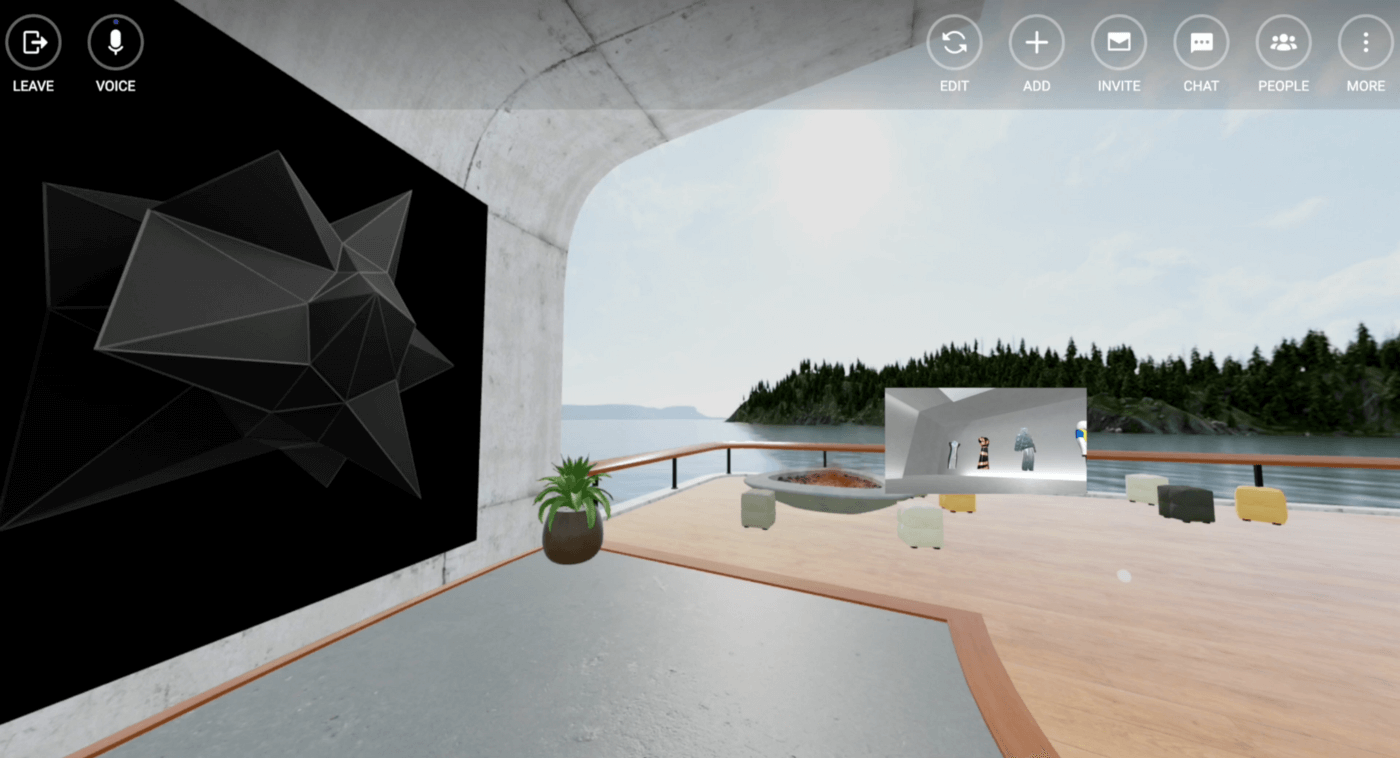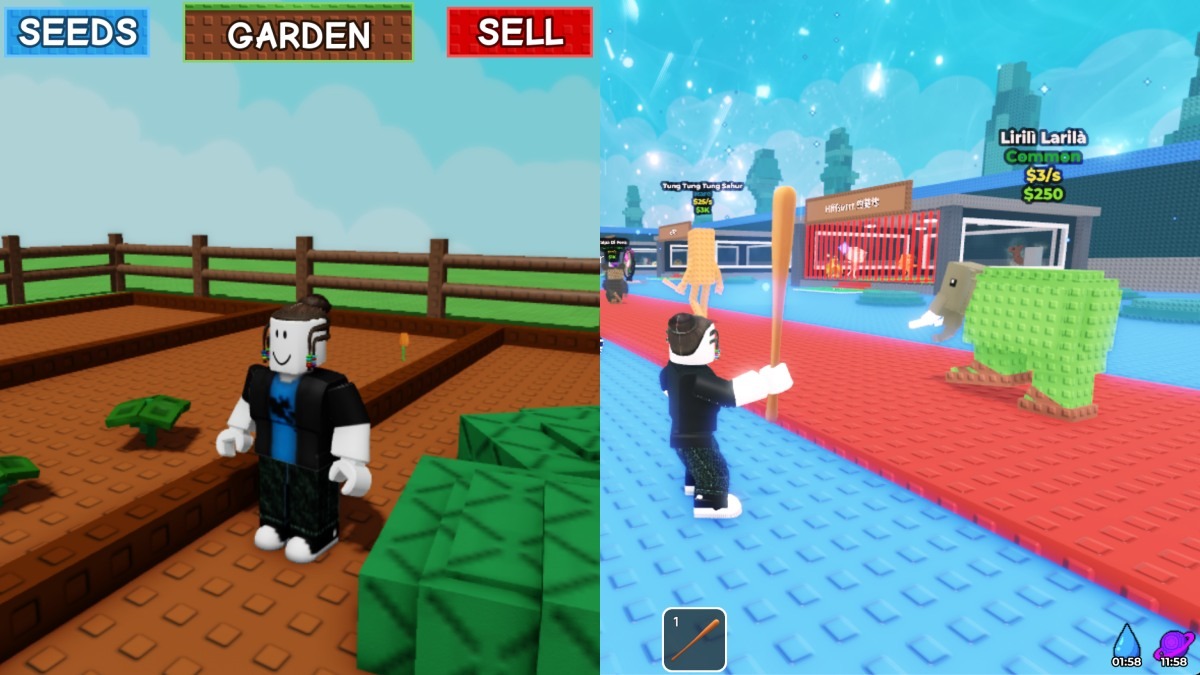Get to know the VIVERSE

Metaverse
5 minutes read
HTC VIVE’s place in the metaverse has arrived
In late 2021, HTC VIVE released the ultra-portable VIVE Flow immersive VR glasses. VIVE Flow is the ideal anywhere device for the metaverse—an immersive, shared space that’s open and allows people to explore multiple experiential universes together. And since the announcement of VIVE Flow, many have wondered what HTC VIVE has planned for this new digital frontier.
The answer came when HTC co-founder and chairwoman Cher Wang unveiled VIVERSE, the company’s take on what the metaverse can be and should be recently at Mobile World Congress (MWC).
Just four years ago, Cher Wang attended MWC to introduce VIVE Reality, a vision that’s as simple as it is bold: “Merging technology with humanity to unleash imagination.” – Cher Wang
HTC referenced its technological advancements in 5G, blockchain, XR, and AI, all of which are aimed to bolster the power of imagination to create limitless practical benefits for people worldwide.
Plenty of innovations have received the “The Next Big Thing” label over the years, and the metaverse, without a doubt, has big-thing potential. Hundreds of companies within the immersive space are trying to stake their claim in the metaverse and are blazing paths in just as many directions.
So, what is VIVE’s direction, and how has VIVE Reality evolved into VIVERSE?
It became abundantly clear during the MWC announcement that the mission of VIVERSE is not to replace or disconnect from the physical world. Nor is the plan for people to become isolated and constantly fixated in their own fantasy land. The goal is to foster meaningful and impactful connections and forge shared memories together, without the barriers of space and time.
With its expertise in the smartphone business and spanning the eras of 2G, 3G, and 4G, HTC certainly has the credentials to make 5G and high-speed/low latency interconnectivity integral parts of its VIVERSE roadmap.
HTC also plans to throw its weight behind digital autonomy. The company was early to embrace blockchain with the launch of its Exodus smartphone a few years back.
Another fundamental piece of VIVERSE is AI. It’s projected to enable wide-ranging applications in everyday life from DeepQ in medicine and smart-tracking devices, to personalized entertainment and learning experiences, to name just a few.
Leveraging 5G, AI, XR, and blockchain, VIVERSE is a natural successor to HTC’s VIVE Reality efforts over the past four years.
“VIVERSE is our place in the Metaverse. Our brand VIVE means life, and VERSE represents the chapters of life,” said Cher Wang.
More than just a VR-based ecosystem
The beginning of the VIVERSE concept video depicts a sunglasses-type device with Augmented Reality (AR) capability. This signals that the VIVERSE will go beyond VR into Extended Reality (XR).

VR, AR, or both?
For many people, the metaverse implies VR. While AR adds a digital dimension to real life, VR is considered a digital simulation of the physical world, acting almost as a parallel universe.
The divide between the two will soon blur as AR becomes increasingly immersive and VR achieves a level of real-world likeness. VIVERSE is heading towards an overlapping and interconnected combination of virtual reality, augmented reality, and actual reality.

VIVE Connect is a cross-reality, multi-device portal to the metaverse.
The VIVERSE concept video is simply a glimpse into the possibilities of the future. Still, it’s clear that a one-stop cross-reality portal is in the works, and will support a wide array of hardware devices.
VIVE Connect, which was also introduced at MWC, is one of those solutions.
Based on WebXR and WebAssembly, VIVE Connect is a web-based VR experience. It can be accessed via different hardware form factors and operating systems—such as VR headsets, desktops, notebooks, tablets and smartphones.
In the VIVERSE, users will be able to quickly teleport between games and movies and a host of apps on their preferred device.
An open and secure metaverse
“VIVERSE is immersive, boundless, and full of new wonders. It’s also a quick portal to other universes created by our partners using our open tools. It’s created by the people, owned by the people, and shared by the people.” – Cher Wang
Joseph Lin, the head of VIVEPORT, previously commented, “An open ecosystem is an advantage in the future. For content developers, this greatly lowers transfer cost, which will attract more talents to embrace our tools, services, and platforms.”
HTC VIVE has always been an advocate for an open virtual ecosystem, and that’s why the VIVEPORT app library supports Oculus devices along with OpenXR.
Proponents believe the metaverse is not merely an immersive 3D Internet, but that it should also embody the Web 3.0 mantra: “read, write, own.” Regarding the metaverse, the mantra could be expanded to: “experience, create, and access assets in any digital world.”
How will different platforms recognize our avatars, NFTs, and cryptocurrencies? This is one of the big questions for metaverse interoperability.
Monetization of Web 2.0 revolves around acquiring and retaining users. Through a walled garden and network effect, the cost for a user to migrate to a competing platform can be very high.
If an influencer wants to move platforms and start over on another content-sharing service, how many fans will follow, and how much time and resources will it take to rebuild the same following?
Web 3.0 aims to help solve these types of issues.

VIVE Connect currently supports WalletConnect as a sign-in method. In Web 3.0, a wallet is more than an asset holder; it’s a multi-platform user account. HTC VIVE also plans to release Avatar tools leveraging the VRM open standard, which is popular amongst Vtubers.
Adopting open-source protocols will be the key to achieving interoperability. Imagine your own VR avatar and a favorite Vtuber can all enter the VIVERSE together. That could open up many doors to explore, exchange ideas, and have fun within the metaverse. Soon, your NFTs and avatars will have richer utility and added value in this new environment.

Perhaps in the not-too-distant future, the VIVERSE will help enrich our relationships with family, friends, and people we meet virtually, as well as make our online and real-life experiences more meaningful in unexpected ways.


